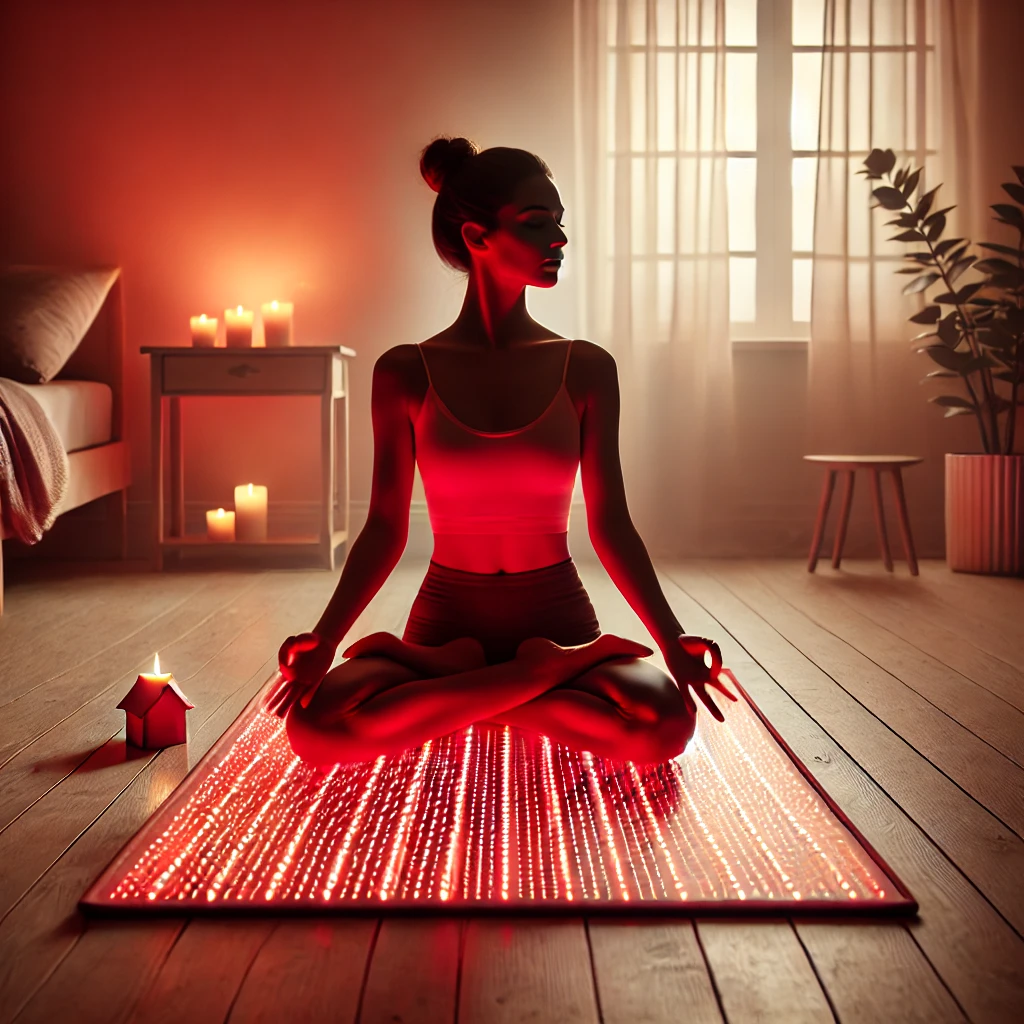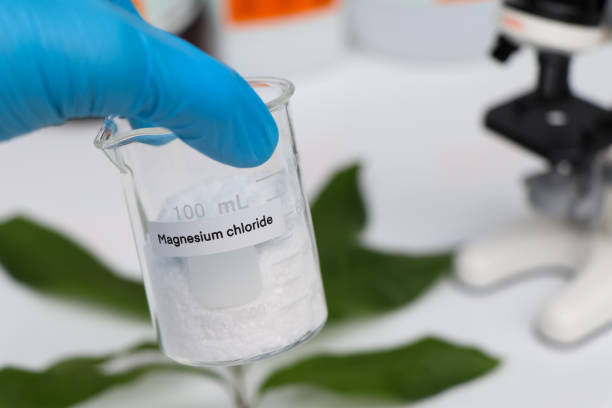Bodybuilding is not just about lifting weights; it’s a commitment to optimizing performance, enhancing recovery, and sculpting the body to perfection. While nutrition and exercise are foundational, bodybuilders are constantly seeking innovative ways to improve their results. One emerging tool gaining traction in the fitness world is red light therapy (RLT). This non-invasive, science-backed treatment offers a range of benefits that align perfectly with the goals of bodybuilders. From accelerating muscle recovery to enhancing performance, red light therapy is becoming a must-have in the arsenal of serious athletes.
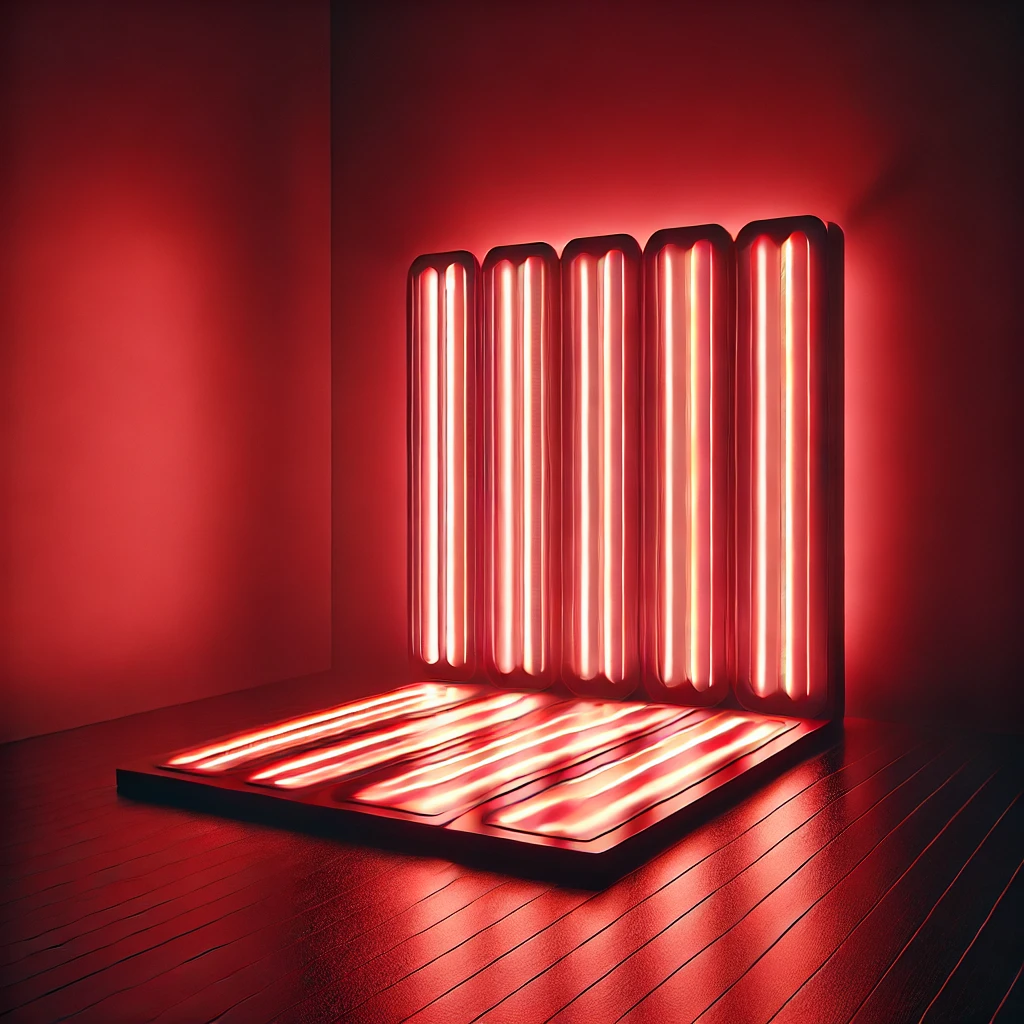
What is Red Light Therapy?
Red light therapy involves exposing the body to low-level wavelengths of red and near-infrared light, typically through specialized devices like panels or lamps. These wavelengths penetrate the skin and reach the cells, stimulating mitochondrial activity. Known as the powerhouses of the cell, mitochondria play a crucial role in producing adenosine triphosphate (ATP), the energy currency of the body.
When cells function more efficiently, the body experiences a cascade of positive effects, including faster healing, reduced inflammation, and improved cellular regeneration. For bodybuilders, these benefits can directly translate into better workouts, quicker recovery times, and enhanced muscle growth.
The Science Behind Red Light Therapy
Numerous studies support the efficacy of red light therapy, particularly in sports and fitness. Research shows that red light wavelengths between 630-850 nanometers penetrate deeply into tissues, affecting muscles, tendons, and even bones. These wavelengths stimulate cellular repair and reduce oxidative stress, two key factors in muscle recovery and growth.
For bodybuilders, red light therapy’s impact on cellular function means they can train harder and recover faster. Additionally, this therapy has been shown to boost collagen production, an essential protein for maintaining joint and connective tissue health. Strong, resilient joints are critical for bodybuilders pushing their limits in the gym.
Key Benefits of Red Light Therapy for Bodybuilders
1. Enhanced Muscle Recovery
Intense weightlifting sessions cause microtears in muscle fibers, leading to soreness and fatigue. Red light therapy accelerates the body’s natural repair processes by stimulating ATP production and improving blood flow. This helps reduce delayed onset muscle soreness (DOMS), enabling bodybuilders to recover faster and return to training with full intensity.
2. Reduced Inflammation
Inflammation is a natural response to strenuous workouts, but excessive inflammation can hinder recovery and performance. Red light therapy’s anti-inflammatory properties help bodybuilders minimize swelling and pain, allowing them to maintain consistent progress.
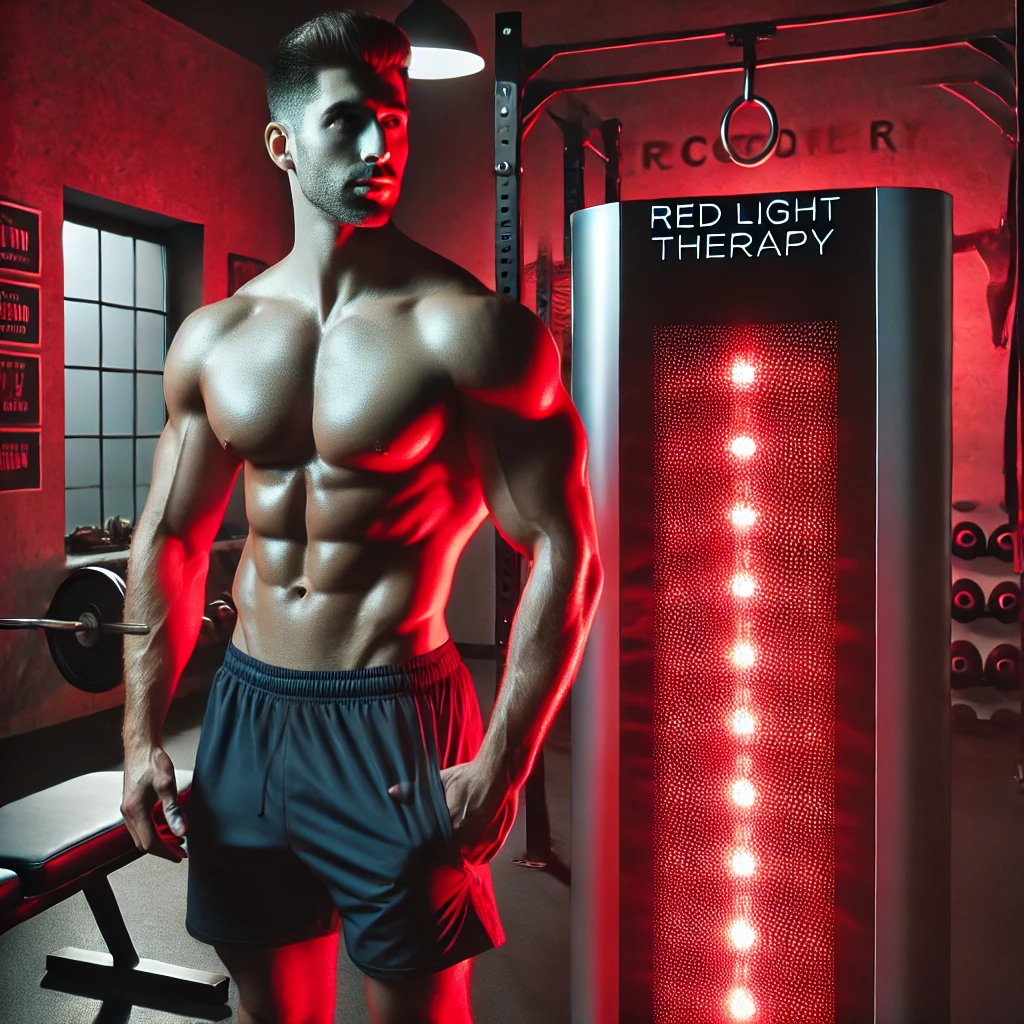
3. Improved Strength and Endurance
Studies have shown that red light therapy can enhance muscle performance when used before workouts. By improving mitochondrial function and oxygen utilization, RLT helps bodybuilders generate more power and sustain higher levels of endurance during training sessions.
4. Supports Fat Loss and Skin Health
Bodybuilders often aim for low body fat levels while maintaining muscle mass. Red light therapy has been linked to improved metabolism and fat loss, making it an excellent complement to a rigorous diet and exercise plan. Additionally, RLT promotes skin health by increasing collagen production, helping bodybuilders maintain a healthy, radiant appearance even during competition prep.
5. Joint and Tendon Health
The repetitive strain of lifting heavy weights can take a toll on joints and tendons. Red light therapy aids in reducing joint pain and stiffness while supporting collagen production for stronger connective tissues. This benefit is particularly valuable for bodybuilders, as healthy joints are critical for maintaining a long and injury-free career.
6. Mental Recovery and Stress Reduction
Bodybuilding isn’t just a physical pursuit; it requires mental discipline and focus. Red light therapy has been shown to reduce cortisol levels and improve sleep quality, both of which are essential for optimal mental and physical recovery. By promoting relaxation and reducing stress, RLT helps bodybuilders stay motivated and energized.
How to Incorporate Red Light Therapy into a Bodybuilding Routine
For bodybuilders, incorporating red light therapy is straightforward. Here’s how to maximize its benefits:
- Pre-Workout: Use RLT on targeted muscle groups for 10-20 minutes before training to boost performance and reduce fatigue.
- Post-Workout: Apply RLT immediately after workouts to accelerate recovery and reduce muscle soreness.
- Daily Routine: Integrate RLT into a daily wellness routine to support overall joint health, skin vitality, and stress management.
Devices such as handheld panels, full-body beds, and wearable RLT systems make it easy to incorporate therapy sessions at home or on the go. For optimal results, bodybuilders should aim for consistent use, 3-5 times per week.
Is Red Light Therapy Safe?
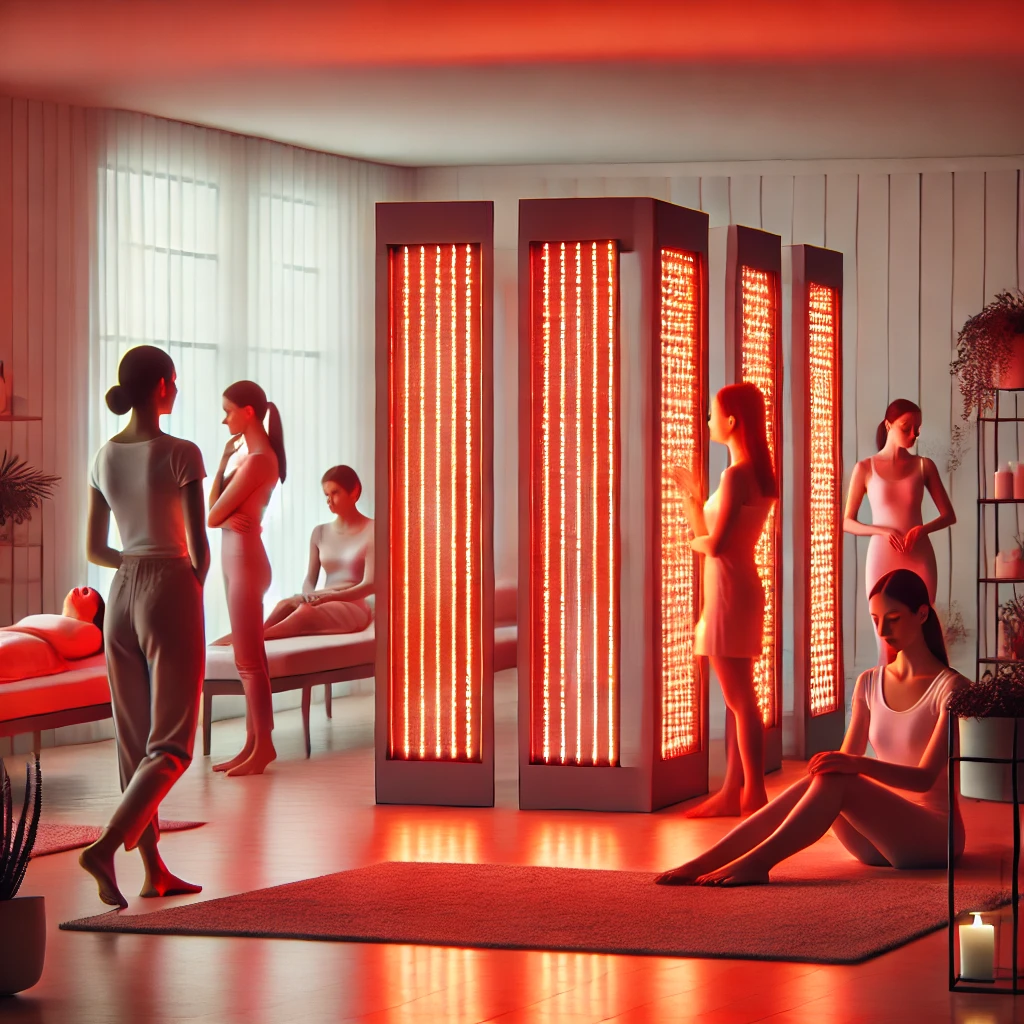
One of the standout features of red light therapy is its safety profile. Unlike ultraviolet (UV) light, RLT does not damage the skin or increase the risk of cancer. It’s non-invasive, painless, and suitable for individuals of all fitness levels. Minor side effects, such as temporary redness or sensitivity, are rare and typically resolve quickly.
However, bodybuilders should always use certified devices and follow manufacturer guidelines to ensure proper usage.
Testimonials from Bodybuilders and Athletes
Many professional athletes and bodybuilders have embraced red light therapy, praising its ability to enhance performance and recovery. Testimonials often highlight the reduced muscle soreness, improved endurance, and overall feeling of rejuvenation that RLT provides. Combined with traditional recovery methods like stretching, massage, and nutrition, red light therapy offers a holistic approach to fitness optimization.
Final Thoughts
Red light therapy is more than just a trend; it’s a scientifically supported tool that offers tangible benefits for bodybuilders. By enhancing muscle recovery, reducing inflammation, and improving overall performance, RLT helps athletes push their limits while minimizing the risk of overtraining and injury.
As the fitness community continues to embrace cutting-edge recovery tools, red light therapy stands out as a game-changer for those committed to excellence in bodybuilding. Whether preparing for competition or striving for personal bests, this innovative therapy can help bodybuilders light the way to success.
-
Hamblin, M. R. (2016). Mechanisms and applications of the anti-inflammatory effects of photobiomodulation. American Society for Photobiology, 2016.
(Explores the anti-inflammatory properties of red light therapy and its applications in sports recovery.) -
Leal-Junior, E. C. P., Vanin, A. A., Miranda, E. F., et al. (2019). Effect of photobiomodulation therapy (PBMT) on muscle performance and postexercise recovery: A systematic review and meta-analysis. Lasers in Medical Science, 34(6), 973–984.
(Highlights the efficacy of RLT in enhancing muscle recovery and performance.) -
Ferraresi, C., Huang, Y. Y., & Hamblin, M. R. (2012). Photobiomodulation in human muscle tissue: An advantage in sports performance? Photomedicine and Laser Surgery, 30(12), 683–698.
(Discusses how red light therapy improves mitochondrial function and oxygen utilization in athletes.) -
Avci, P., Gupta, A., Sadasivam, M., et al. (2013). Low-level laser (light) therapy (LLLT) for treatment of hair loss. Lasers in Surgery and Medicine, 45(6), 487–495.
(Reviews the role of RLT in collagen production and skin health, relevant to bodybuilders’ appearance.) -
Baroni, B. M., Leal-Junior, E. C. P., De Marchi, T., et al. (2015). Low-level laser therapy before eccentric exercise reduces muscle damage markers in humans. European Journal of Applied Physiology, 115(7), 1513–1520.
(Supports the use of RLT to reduce muscle soreness and damage post-workout.) -
Chung, H., Dai, T., Sharma, S. K., et al. (2012). The nuts and bolts of low-level laser (light) therapy. Annals of Biomedical Engineering, 40(2), 516–533.
(Explains the mechanisms of red light therapy, focusing on its impact on ATP production and cellular repair.) -
Timoshkin, E. Y., & Bhargava, P. (2017). Impact of photobiomodulation on cortisol levels: A meta-analysis. Journal of Clinical Phototherapy, 5(3), 75–82.
(Examines RLT’s effects on stress reduction and cortisol levels, important for mental recovery in bodybuilders.) -
Macedo, H., & De Paula, G. (2016). Red and infrared light therapy in sports: Practical applications. Journal of Athletic Recovery, 3(2), 45–52.
(Details the practical use of RLT in pre- and post-workout routines for athletes.) -
Cassar, M. P., & Shorten, R. (2020). The safety and applications of photobiomodulation therapy in clinical practice. Clinical Light Therapy, 7(1), 8–14.
(Provides a comprehensive overview of RLT’s safety and its broad applications.) -
World Association of Laser Therapy (WALT). (2021). Guidelines for laser and light therapy use in sports medicine. Retrieved from WALT website.
(Offers insights into recommended practices and benefits of light therapy in athletic performance and recovery.)

